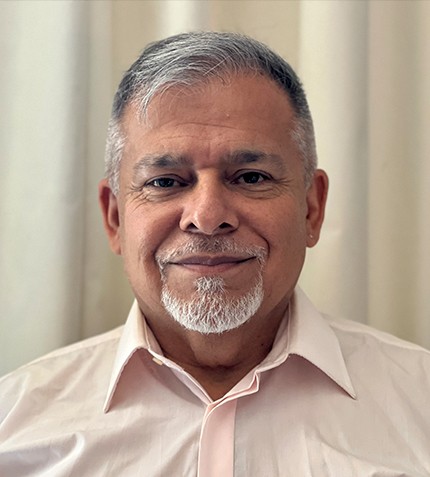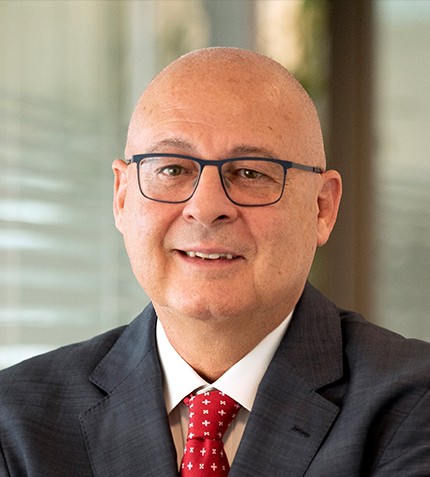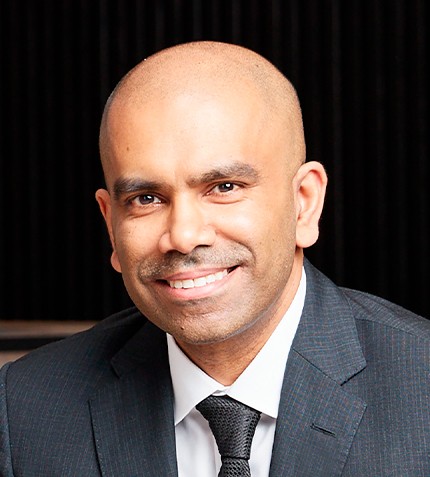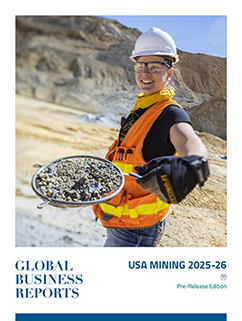
"The mining sector is notably insular, limiting exposure to practices from other industries or even different mining sectors, such as coal or iron, which place a higher emphasis on efficiency."
Sergio Zamorano
CEO, FAM AMÉRICA LATINA MAQUINARIAS LIMITADA (FAM MEMBER OF BEUMER GROUP)
What are the benefits of tubular conveyor belts?
Tubular conveyors are a variation of conventional belts, but the key difference is their formation into a tube using rollers. This tubular structure offers advantages, including being sealed, which makes it environmentally friendly as it operates as a closed system. It also accommodates tighter horizontal and vertical curves compared to conventional belts, which usually require much larger radii. This allows for more direct routes, replacing multiple transfers with a single path, offering significant environmental and capital benefits.
Tubular conveyors can handle steeper inclines and have found a growing niche since their inception. Over the past 20 years, developments have allowed these systems to extend to tens of kilometers. They handle capacities of 5,500 tons per hour, not just for lightweight materials but also for heavy ones like iron ore. Their flexibility allows them to follow the terrain without extensive civil works, often the most costly aspect in mountainous areas. Their ability to navigate curves and steeper inclines without the need for extensive civil engineering shows significant growth potential. They also take up less space and reduce dust.
What is FAM’s experience in the transport and disposal of tailings?
We have significant experience in tailings management and are currently engaged with various clients on large-scale projects. Our equipment is flexible, including low-pressure stacking systems to prevent sinking and facilitate rapid movement for applying thin layers.
We are heavily involved in transitioning from traditional tailings dams to dry stack tailings, which represent the future of tailings management. In Chile, the disposal of water is not viable due to its cost and scarcity, while in Brazil, the focus is on avoiding water disposal or dam construction due to past tragedies and the desire to prevent future incidents. We are collaborating with clients in a multidisciplinary effort involving civil engineers, process engineers, and stability experts to develop methods for rapidly and economically constructing larger volume dry stack tailings. The volumes we are dealing with in Chile are enormous, necessitating innovative approaches to tailings management.
How does FAM incorporate technological innovation into operations?
All our machines are equipped with a data logger, allowing us to collect data and monitor remotely. A standard feature we aim to introduce to the mining sector is a hotline. This service, facilitated by access to data, enables clients to reach out at any time. A standby technician can access the system, diagnose issues, like sensor malfunctions, directly, and either dispatch our service team or provide instructions for issue resolution.
How does FAM use digital solutions to make operations more productive?
For conveyor belts, we are implementing an AI-based image recognition system, currently in testing and already operational at a pilot plant level. This allows for continuous monitoring, enhancing our operational efficiency and reliability.
We leverage technology, such as a virtual reality (VR) lens system to train personnel. This system enables inexperienced personnel to navigate on-site while an expert, connected through VR, guides them in real time. This setup allows for real-time oversight.
How does FAM make operations more sustainable?
Our focus on continuous handling with conveyor belts, especially tubular conveyors, significantly enhances energy efficiency. Our warehouse has transitioned to carbon neutrality through the installation of photovoltaic panels. In field operations, we replaced traditional lighting towers, which typically run on generators, with solar towers. These towers are silent, require no fuel, and significantly reduce environmental impact.
How is the mining industry’s adoption of energy-efficient technologies?
The mining industry lags the real world by 20 years. Globally, there is vast experience in low-energy, optimized systems, yet this concept is still novel in mining. The challenges within our industry stem from conservatism and a lack of knowledge. The mining sector is notably insular, limiting exposure to practices from other industries or even different mining sectors, such as coal or iron, which place a higher emphasis on efficiency.
The focus of copper mining is predominantly on production, with less concern for energy efficiency to cut costs or reduce environmental impact. This reflects a broader issue within the South American mining industry, where the need for energy efficiency, crucial for minimizing environmental impact, has yet to be fully acknowledged and addressed.










